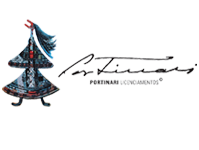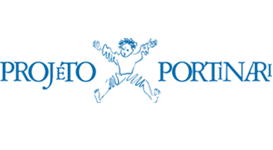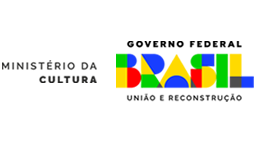General Info
Birth and childhood in Minas; develops an interest in painting at the age of 8; his parents encouragement to take up art; his mother’s death; he is awarded "Suplemento Juvenil"’s top prize at 10; moves to Rio at 13; his first job as a civil architecture worker; joins the Army; his new birth certificate; quits the Army in order to become a painter; meeting Portinari in 1943; immediate rapport with Portinari; trip to Italy with Força Expedicionária Brasileira/FEB; non-credit student at the Escola Nacional de Belas Artes/ENBA; exhibition at the Instituto dos Arquitetos do Brasil/IAB; Marc Berkowitz; scholarship in France; his marriage to Jamile; relationship with Portinari in France; his love of reading; researches color; edits the book “Da cor à cor inexistente”; admiration for Paul Klee; Carlos Drummond de Andrade; Leonardo da Vinci; interest in poetry; the importance of Portinari in his life; Grünewald: Portinari’s passion for the great Venetian colorists; Antônio Houaiss; Antonio Bento de Araújo Lima; the universal nature appeal of Portinari’s art; Portinari's heyday; the panel "First Mass in Brazil"; Portinari as the embodiment of nationality; Portinari and the mastering of color; Pedrosa, Portinari’s friend and confidant; Plínio Salgado; Capanema; the official painter and the ideologic issue; frequent visits to Portinari’s studio: Annateresa Fabris; the contradiction in the Vargas’ administration; Portinari’s stories; Portinari’s critical view; edition of the book “Sobre as Impurezas do Branco”, by Drummond; friendship with Graciliano Ramos; collaboration in Antonio Bento’s book on Portinari; offer to organize exhibition of Portinari’s ex-students; Dalcídio Jurandir; Portinari’s generosity; Portinari’s theories on color; itinerant exhibition of Israel Pedrosa’s works in 1982; Portinari is constantly praised by his students in classes; the humanitarian greatness plus the total material disregard of Portinari at the end of his life; the issue of Academic and Figurative Art; the concept of the word vanguard; "Portrait of Jayme de Barros"; Portinari’s deafness; Portinari dignified Brazilian art; Guignard; the apprenticeship with Portinari; the special technique of Portinari; the panel "Tiradentes"; participation in Robert Delaunay’s study group in Paris; general secretary of Association Latino Americaine; total mastery of technique in Portinari’s art; Portinari’s relationship with Jorge Amado; Portinari’s intellect; coordination of the cultural department at the Universidade Federal Fluminense; the importance of Goethe’s book “Esboço de uma teoria das cores” in color research; Portinari's popularity at the university; the misunderstanding about Portinari’s art; "D. Quixote Series"; the "Israel Series"; the attacks on Portinari; Delacroix; Ingres; the contradictions of Mário Pedrosa; Portinari and the Bienal de São Paulo; financial difficulties of Portinari at the end of his life; Portinari portrayed intellectuals of his time; Portinari’s relationship with Marques Rebelo; Portinari and the Communist Party; Scliar; War Veterans’ Congress in Paris; Pedrosa is expelled from France; Portinari’s function in the Communist Party; painting primary function in Portinari’s life; disappointment with the Communist Party; the function of art in society; physics and chemistry in the art of Israel Pedrosa; position in the Communist Party; his focus on the Communist Party; his work at the Interamerican Advertising Agency; the awareness of color developed in observing the Madureira district; friendship with Guimarães Rosa in the '50’s; the Rua Teófilo Ottoni studio; the subject of Drummond’s chronicles; the exhibition of Portinari’s 100 masterpieces; Israel Pedrosa goes to Germany.
























































